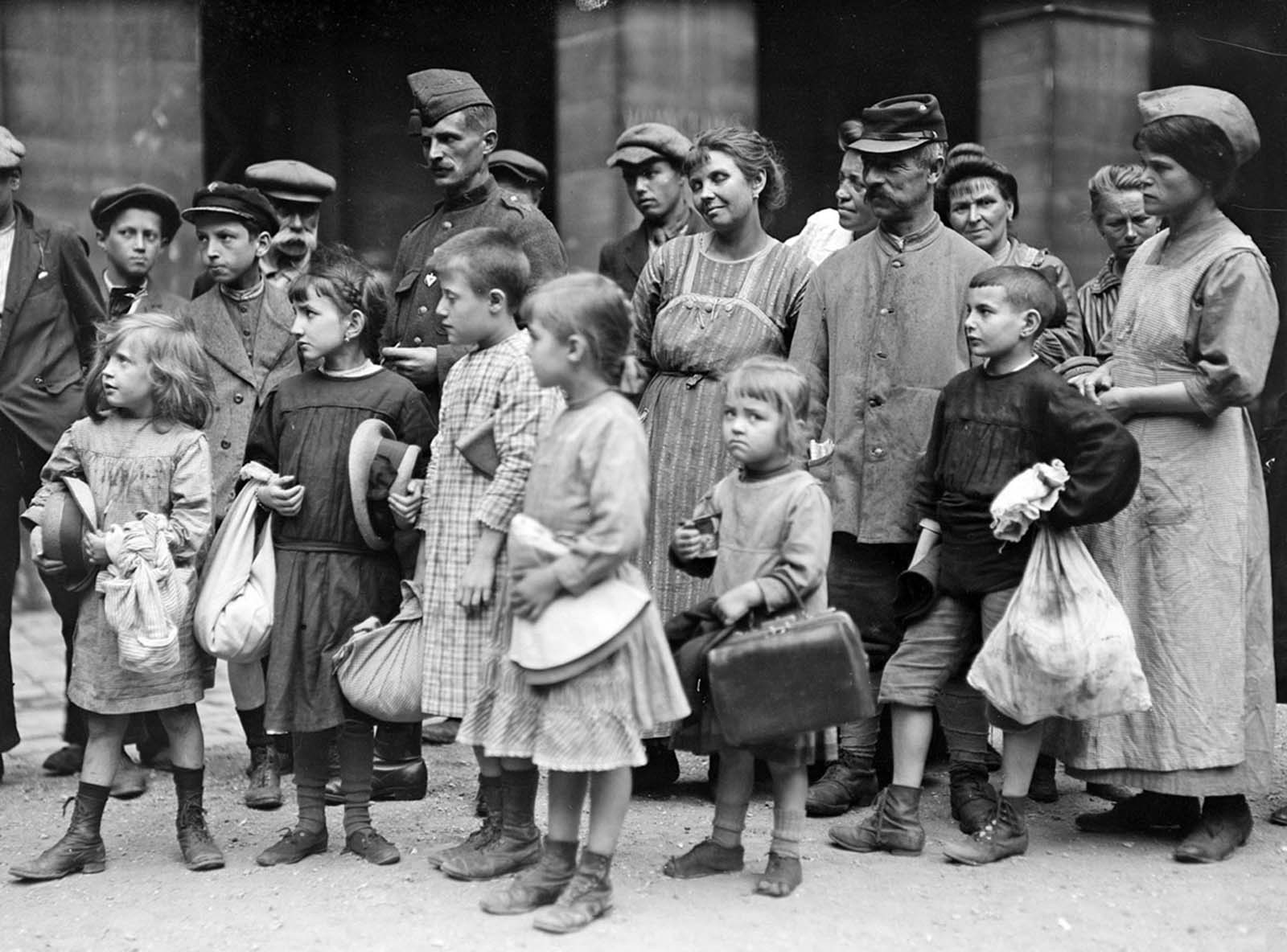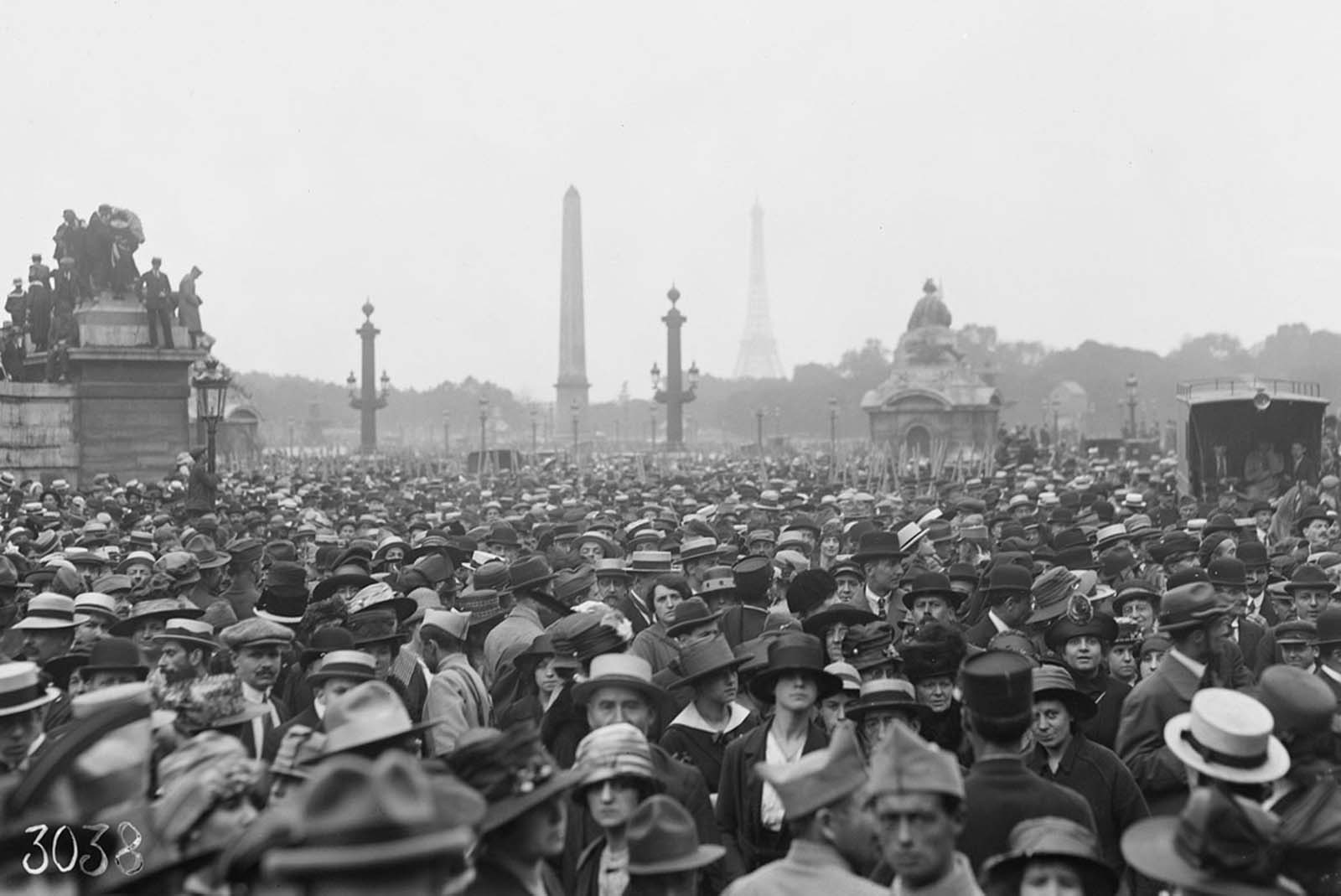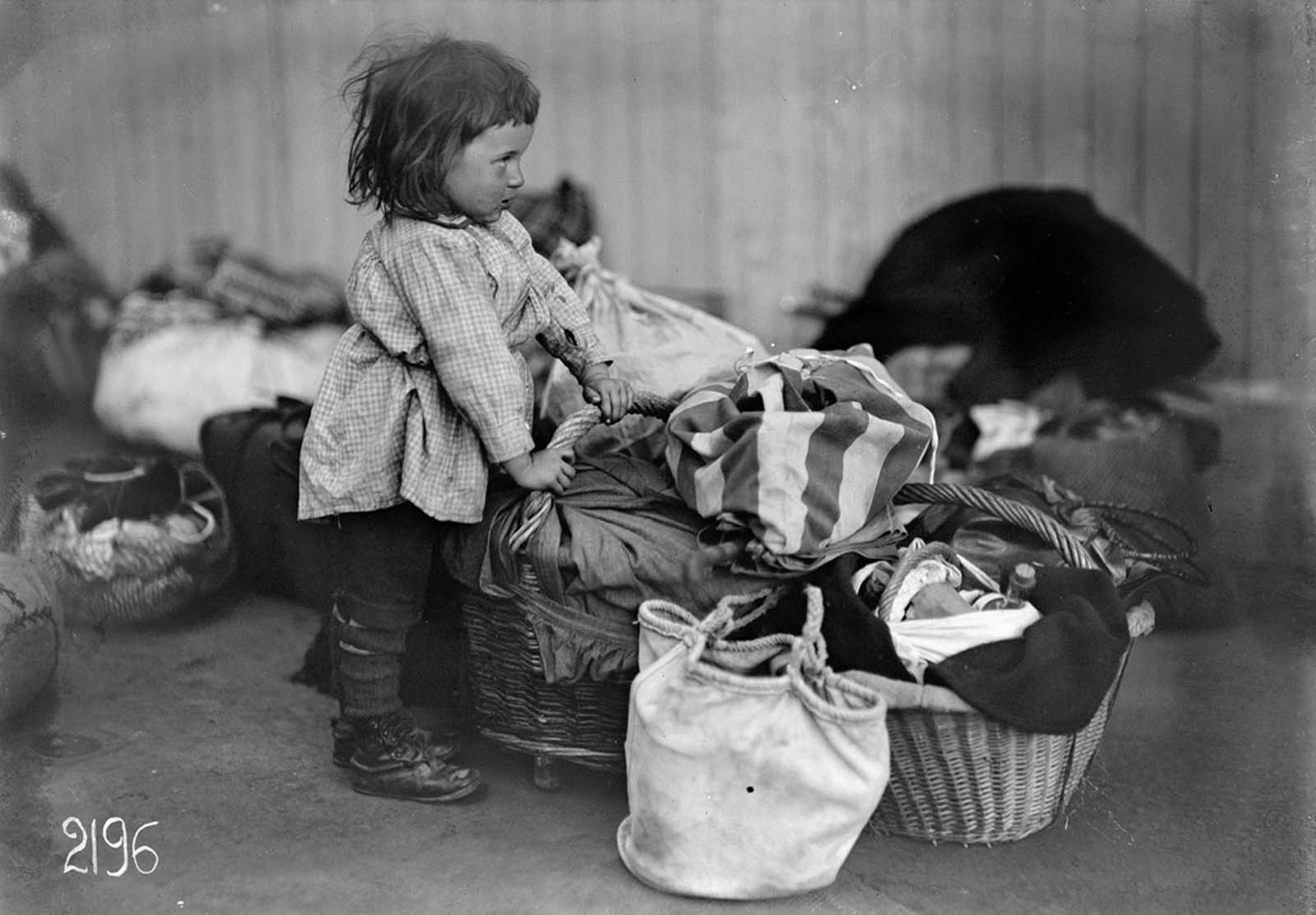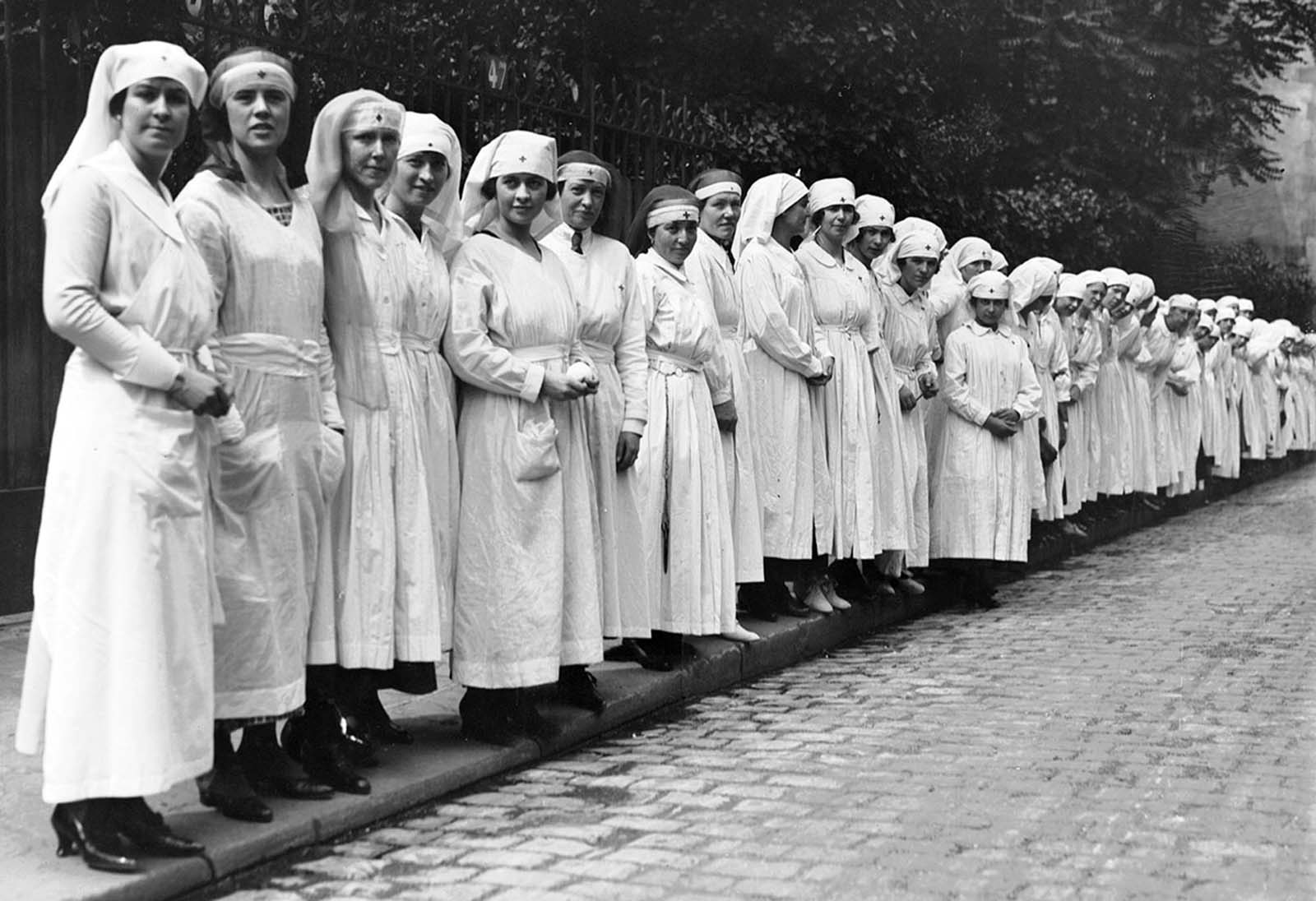Vintage photos show France in the Final Year of World War I, 1918

It is 1918 and France was caught in the final year of World War I. American photographer Lewis Hine traveled across the country for the American Red Cross, documenting his work with refugees, orphans, and wounded soldiers. His poignant work, lost for decades, has recently been made public by the Library of Congress.
Lewis Hine has been acknowledged as one of America's leading 20th-century photographers, for his moving portraits of immigrants on Ellis Island, child laborers in factories and mines, and steelworkers balanced on the high girders of the Empire State Building. are known to have taken.
In World War I, Hine became a photographer for the Red Cross, tasked with recording the devastation in Europe and documenting the need for relief work. In the spring and summer of 1918, he photographed hundreds of war refugees, orphans, hospitalized American soldiers, nurses, and volunteers, as well as the country's ruins.
The photographs were intended to mobilize support for the Red Cross and appeal to American audiences. Some of these photos appeared in Red Cross publications, but most of them went to the organization's archives, where they remained hidden for nearly 100 years.
At the end of World War II, the Red Cross deposited its photographic collection – some 50,000 images – in the Library of Congress, where Hine's work was "lost" due to a singular filing code that had baffled historians for nearly 40 years.
Writer Dale Kaplan was eventually able to crack the code, identify Heine's photographs, and reintroduce the best of this master's "lost" photographs to the world, which ultimately earned him his right as the true pioneer of photojournalism. found.









No comments: